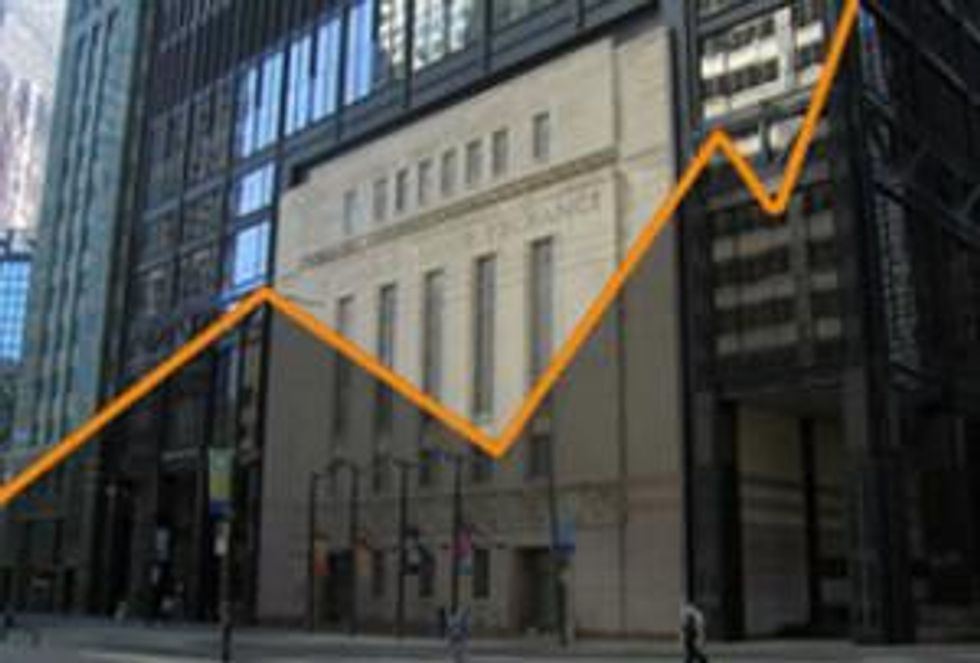KGL Resources Adds Fuel to New Copper Mining District
The company put out high-grade infill and extension drill results from its Jervoise project just days after the release of similarly spectacular results from the nearby Bonya project.
KGL Resources (ASX:KGL) (formally Kentor Gold) added further weight to the emergence of a new copper mining district in Central Australia with its December 4 release of high-grade infill and extension drill results from its Jervoise project in the Northern Territory.
The results came only days after the release of similarly spectacular results from the nearby Bonya project owned by Rox Resources (ASX:RXL). However, unlike Rox, whose share price fell on its results, KGL finished up almost 7 percent on the day; it may have been assisted by its healthy cash balance of over AU$12 million, which has removed the near-term need for it to top up funding.
The results released by KGL include:
- 7 meters at 8.8 percent copper from 23 meters
- 15 meters at 3.66 percent copper from 13 meters
- 9 meters at 4.25 percent copper from 18 meters
- 16 meters at 1.69 percent copper from 2 meters
The holes also contain significant silver credits and minor gold grades, and they are part of the last batch of assays from a 10,200-meter reverse-circulation program. It was aimed at better defining the shallow portion of known mineralization that will fall within planned open-pit shells, and should allow Jervoise to continue through the feasibility process.
Earlier work at Jervoise
Previous work at Jervoise shows a JORC resource of 25.3 million tonnes at 1.1 percent copper and 22 grams per tonne silver. It is spread across several discrete deposits around the margin of a syncline — they are all within 7 kilometers of each other and together make up the Jervoise project. That said, it is likely that these recent drill results will lead to an upgrade in that resource as extensions and higher grades are taken into account.
A scoping study was completed in April 2012, and it outlines the potential for a 1.5-million-tonne-per-year mining operation with an initial capital cost of US$234 million. It also points to production of roughly 15,000 to 20,000 tonnes of copper equivalent per year at a cash cost of US$1.80 per tonne after by-product credits. When the study was released, KGL suggested it would move the project immediately into the feasibility stage; however, it appears that did not happen, with the company instead focusing on two other projects within its stable, including the Murchison gold project in Western Australia and the Andash gold project in Kyrgyzstan.
Since then those projects have fallen away. Murchison was put into production in August 2012, but closed within six months due to high operating costs, plunging KGL’s operating subsidiary into administration, but leaving the holding company intact. Andash, on the other hand, had the potential for lower costs, but was politically troubled, and following the closure of Murchison, the company took the decision to sell Andash in May 2013 for AU$15 million. Focus again thus shifted to Jervoise.
Extensive drilling over the intervening period has led KGL to this point, and the company has also indicated that a prefeasibility study (PFS) is near completion, with results due within days.
Clarification needed
On paper Jervoise looks robust, with reasonable grades and widths from surface; however, several key points will need to be addressed by the PFS and subsequent work.
Firstly, the question of metallurgy will need greater definition. The scoping study of early 2012 suggests copper recoveries of 94 percent from simple flotation. But because the mine is starting from an open pit, it is likely that much of the initial years will bring oxide or transition ore, which is not as amenable to flotation as the deeper sulfide ores. The company has not yet released information on open-pit recoveries, and that will be key.
Second is the remoteness of the site in the arid interior of Australia, more than 200 kilometers east of Alice Springs. In the 2012 scoping report, the total start-up CAPEX estimate of US$234 million includes US$70 million for infrastructure, reflecting the high cost of establishing a mining operation in one of the more remote and inhospitable regions of Australia.
It is likely that these factors, plus the depreciation of the Australian dollar, may result in higher cost estimates in the soon-to-be-released PFS. Should that be the case, the company and the market may then begin to give consideration to possible development synergies and economies of scale that might result from a tie up with surrounding projects such as Rox’s Bonya.
Upon completing an MBA, Brad spent several years in London as a partner in a boutique brokerage house, developing a franchise as a rated mining and metals analyst. Brad now resides in Perth, Western Australia.





